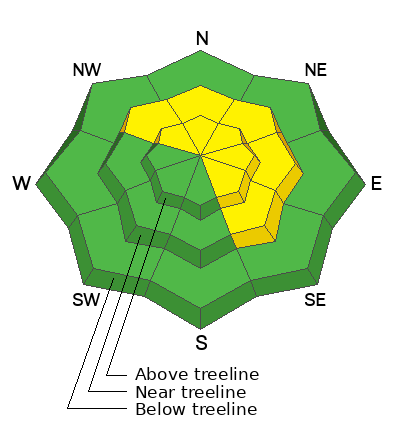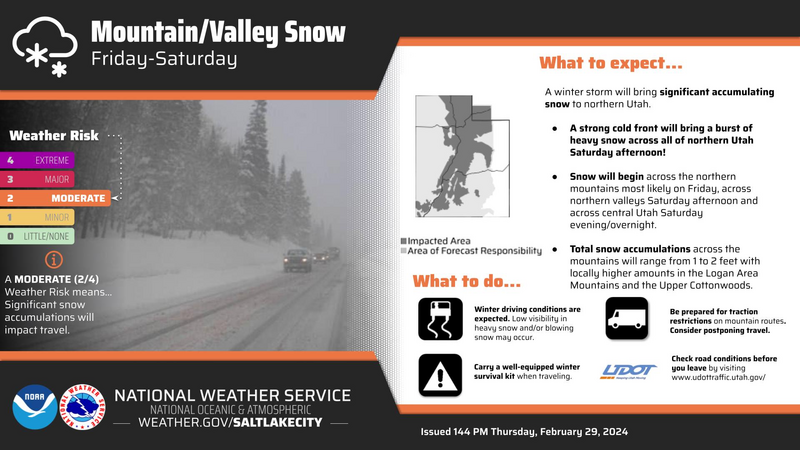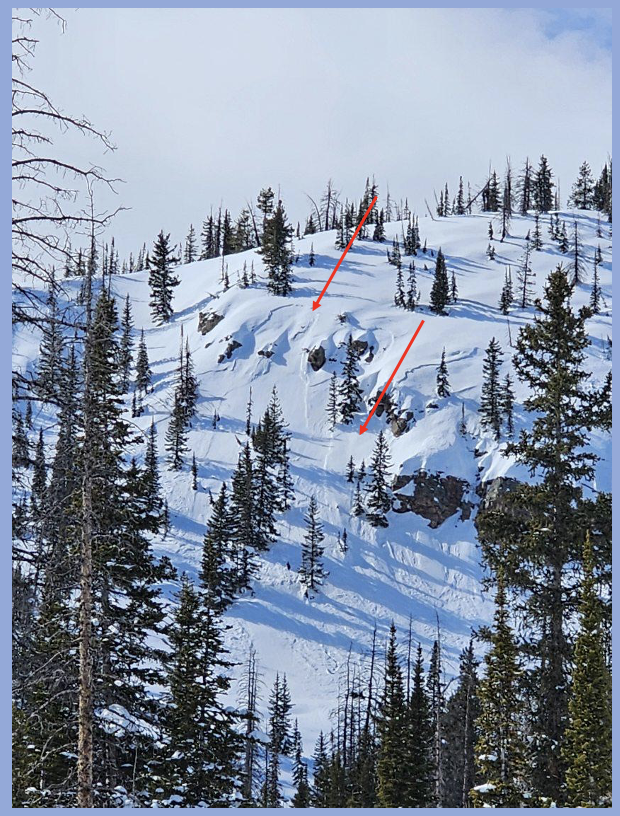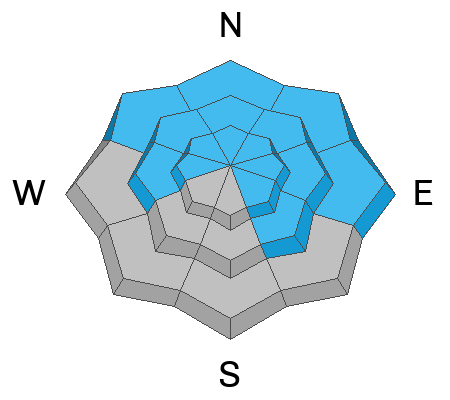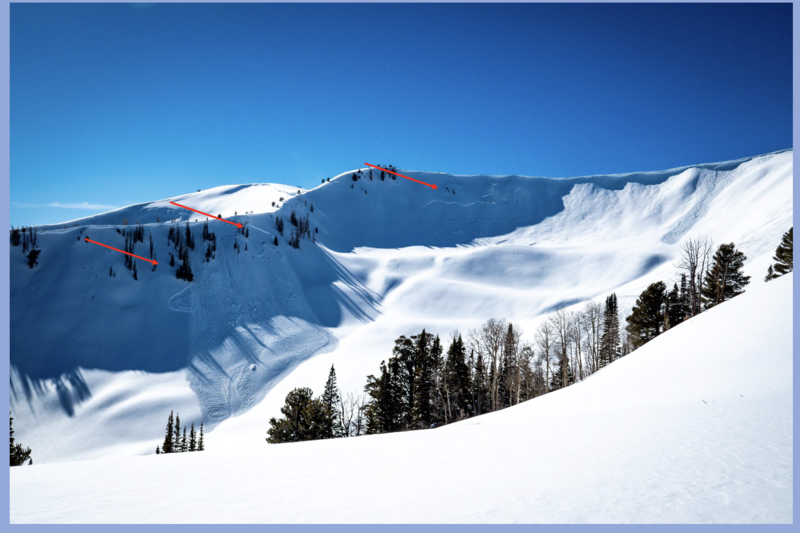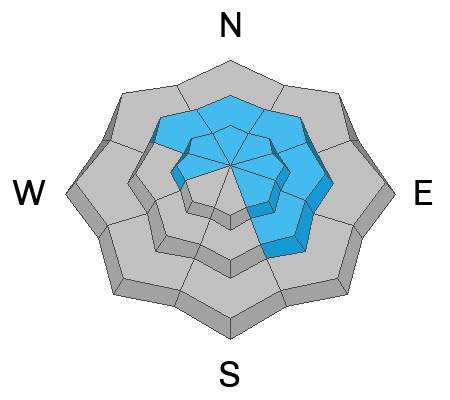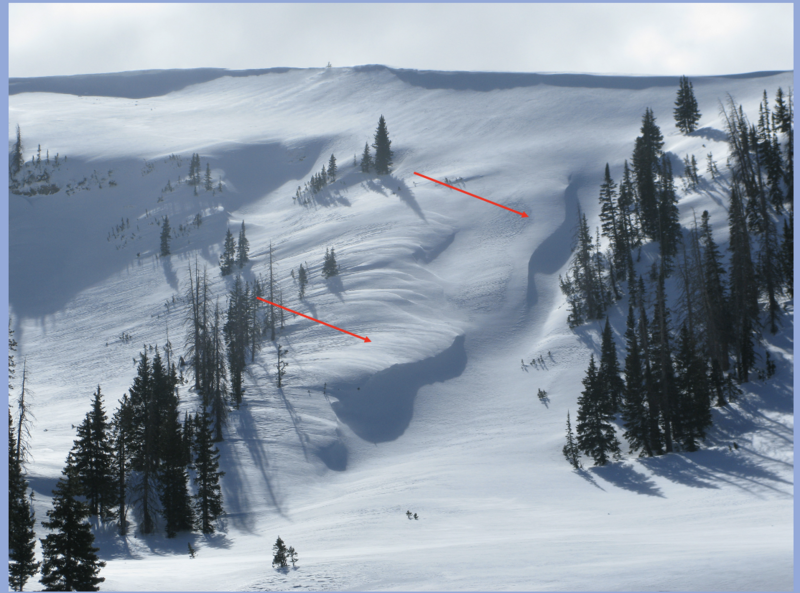We are seeking a passionate individual to join us as Executive Director of the nonprofit Utah Avalanche Center. Click
here for more information.
Nowcast- Yesterday, southerly winds began cranking into the 40's and 50's right around suppertime, taking full advantage of the additional 24 hours of a leap year, and continue in that spirit this morning. Meanwhile, temperatures are rather mild, registering in the mid 20's and low 30's. Our mid week storm snow is getting worked, but swaths of soft, settled snow are still found on wind sheltered, north facing slopes.
Forecast- The Lion of Zion ushers in March with a complex tempest. Yes a big storm is on the way... yes it's going to dump.... and yes it's gonna be windy. In fact, today's southerly winds tap into a grungy Bob Dylan persona (the Rolling Thunder Review era), delivering Idiot Wind... blowing like a circle around my skull... from the Grand Coulee Dam to the capitol. With a dynamic storm churning away, expect southerly winds nuking into the 70's along the ridges with occasional light snow throughout the day. Temperatures climb into the the upper 30's and dip to near freezing overnight.
Futurecast- A solid looking, yet rather complex storm sets its sights on the Uinta region for Saturday. The cold front plugs into a stack of Marshall's and blasts through northern Utah late Saturday afternoon. Temperatures crash and heavy snow develops. Expect a couple inch an hour snowfall to linger into early Sunday morning.
Our good friends and longtime partners at Salt Lake's National Weather Service issued a
Winter Storm Warning for the Uinta zone
Reported from the Duchesne Ridge yesterday, this remotely triggered slide (from a distance), most likely failed on faceted snow near a heat crust buried by Tuesday's storm snow. A big red flag, especially with more snow, water, and wind on tap.
In addition, avy-savvy, snowpro Joey Manship found a similar, yet not as well connected, piece of snow near Castle Peak yesterday.
For all Uinta observations and recent avalanche activity click
HERE.

